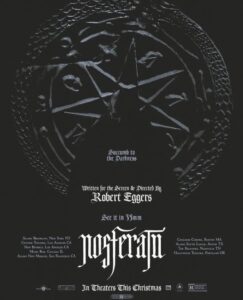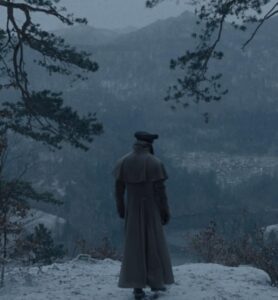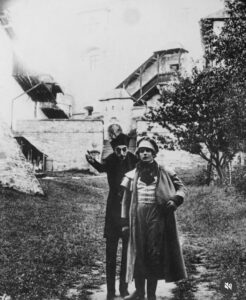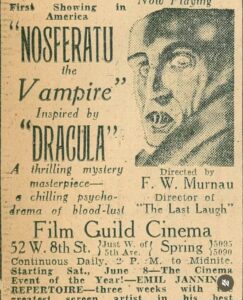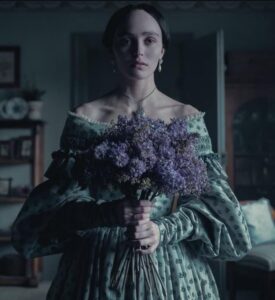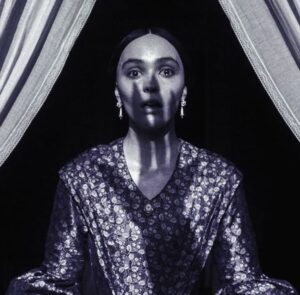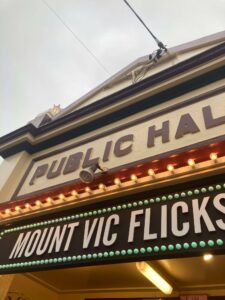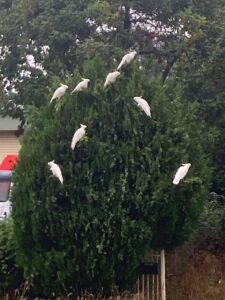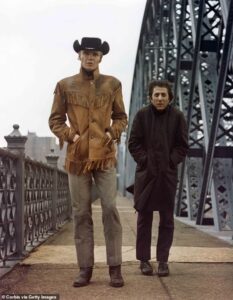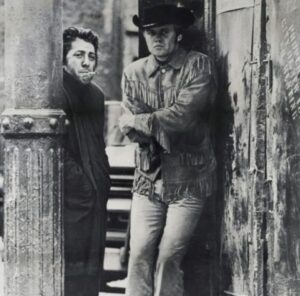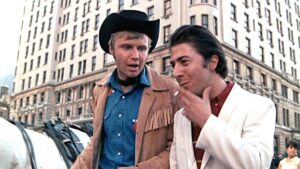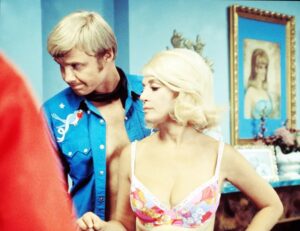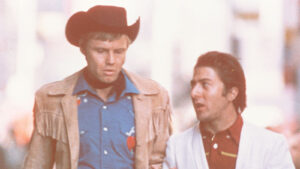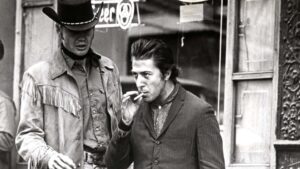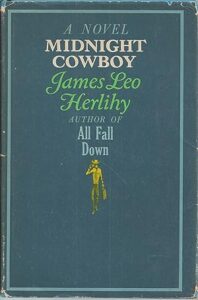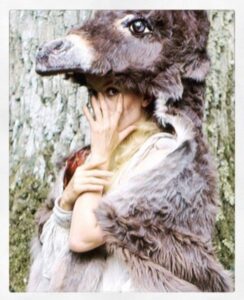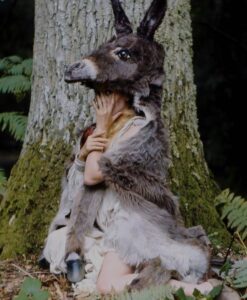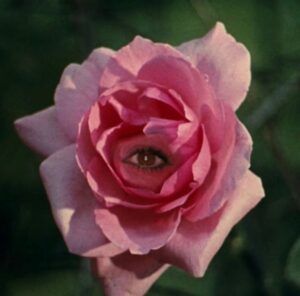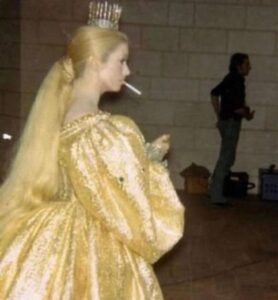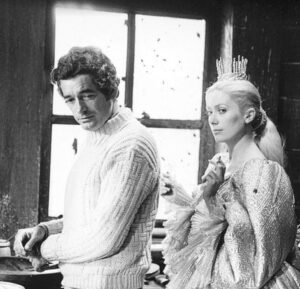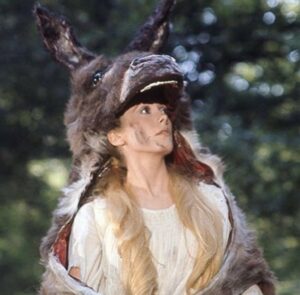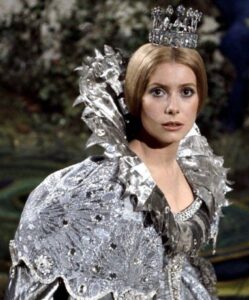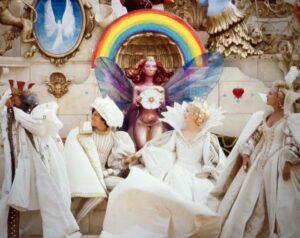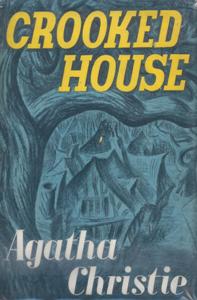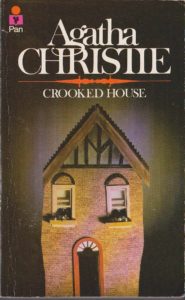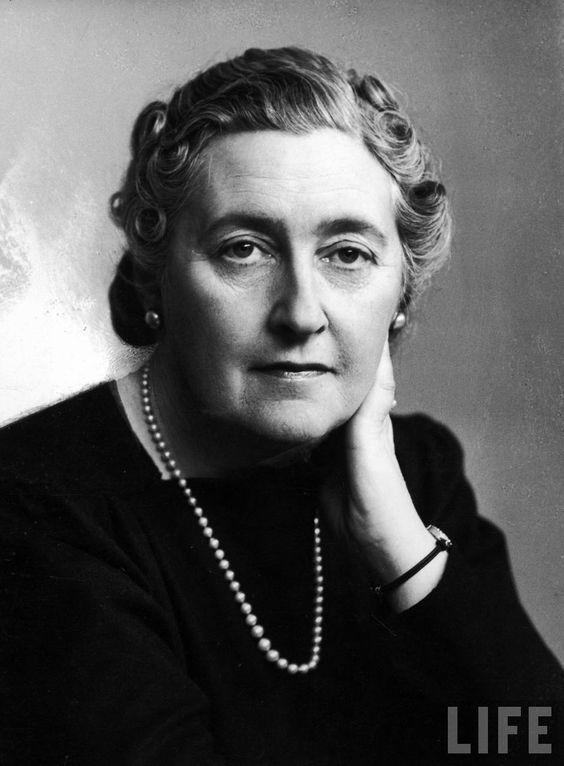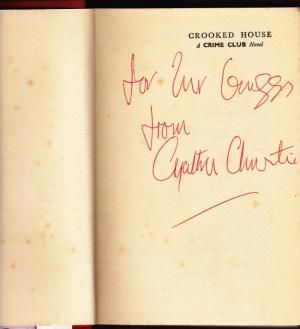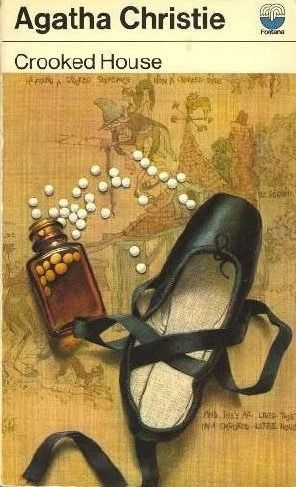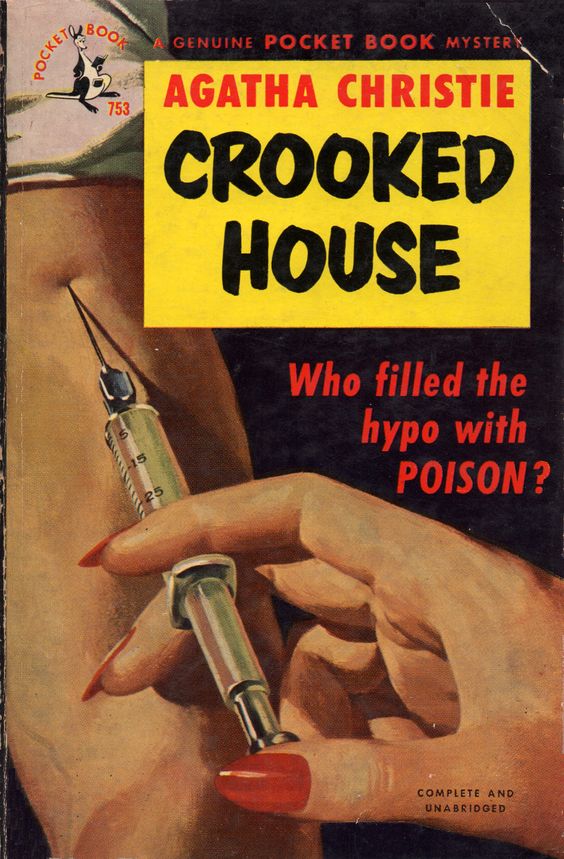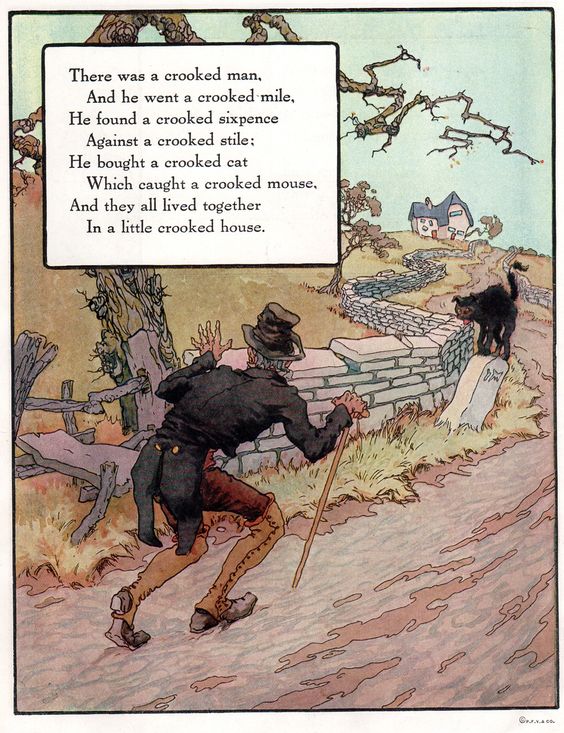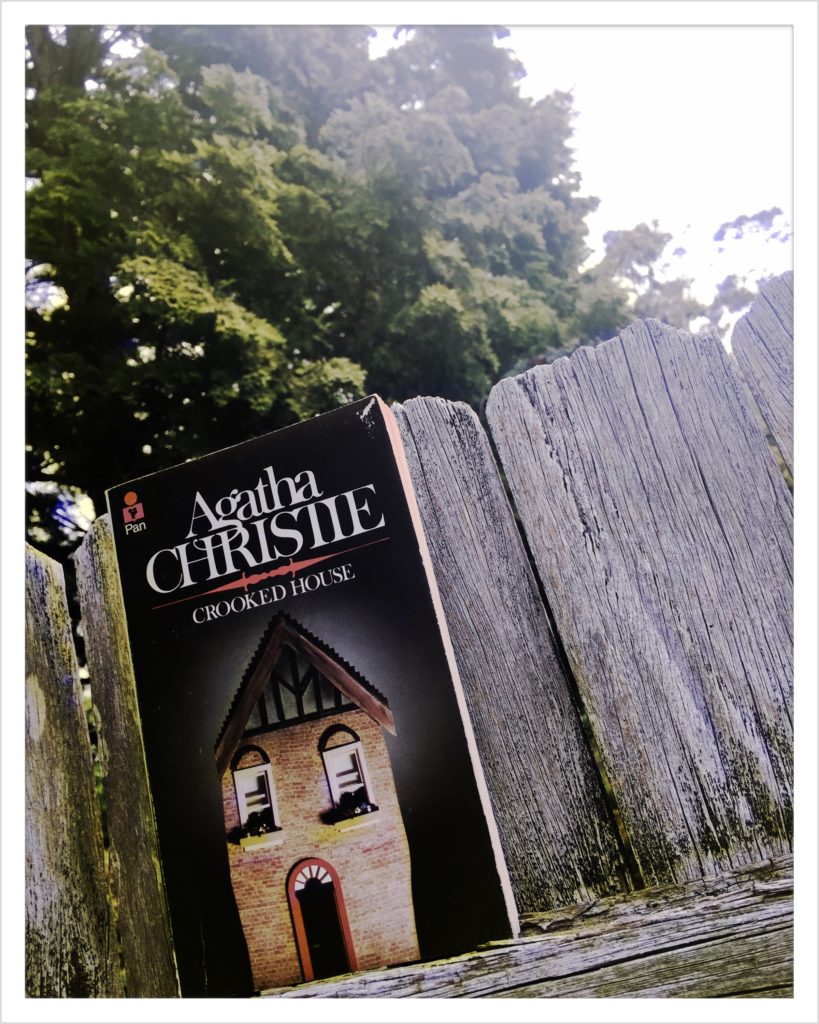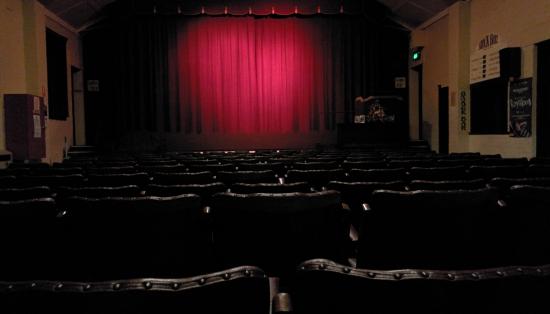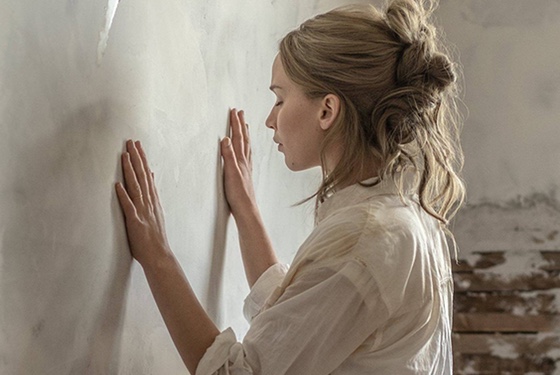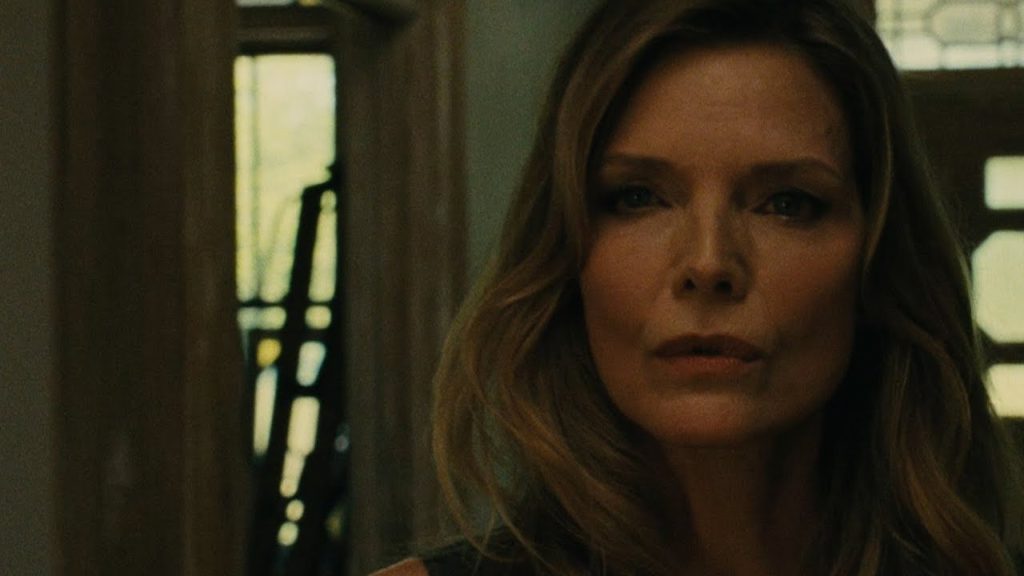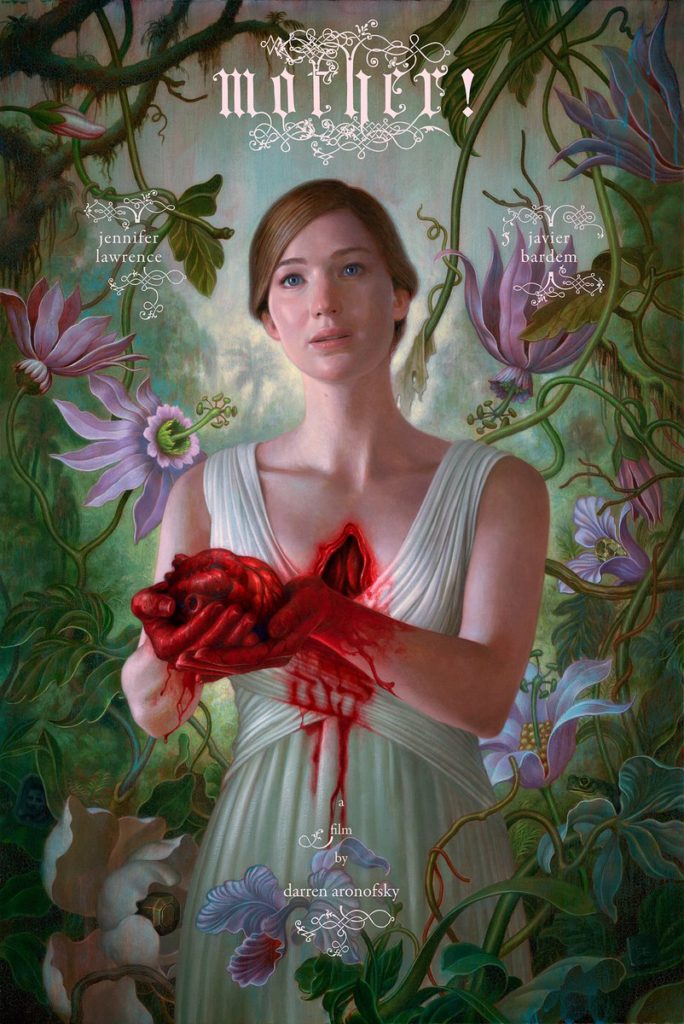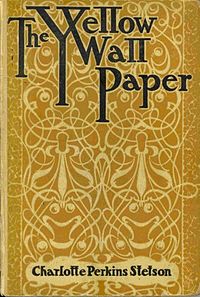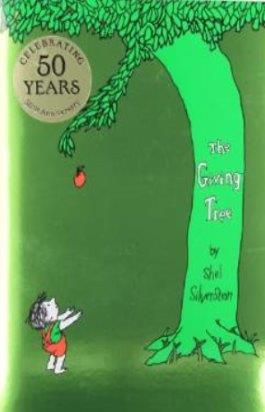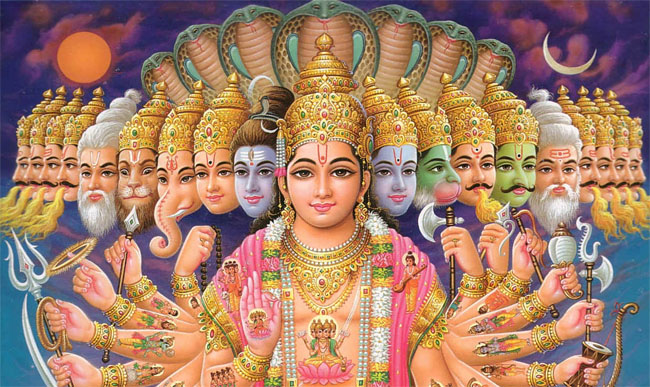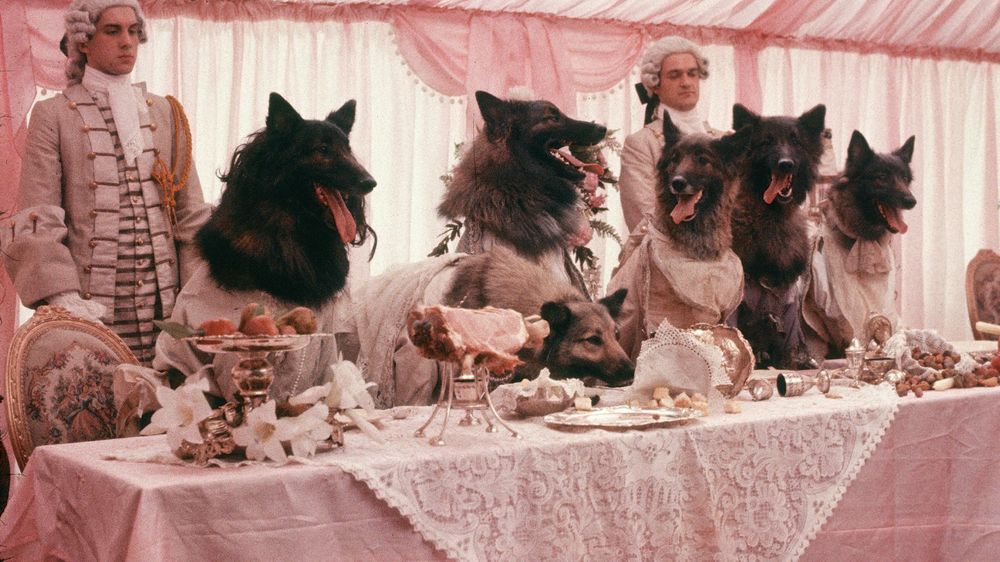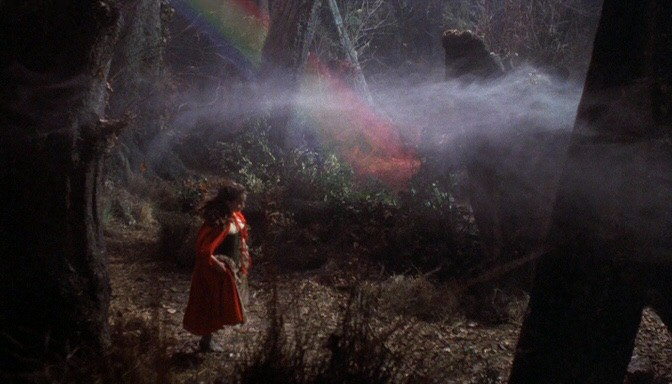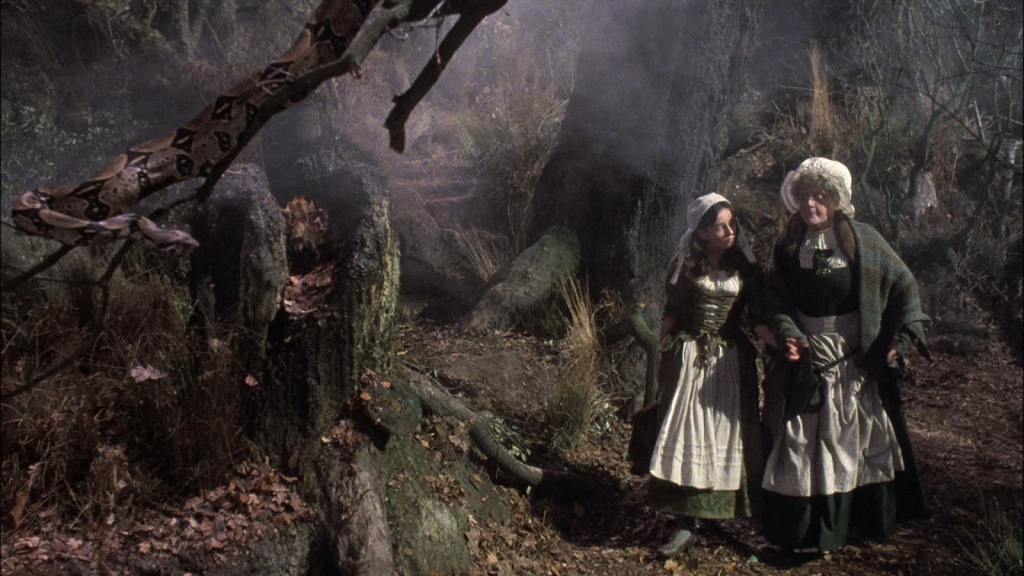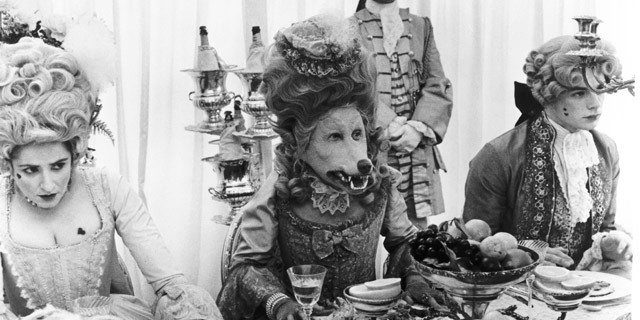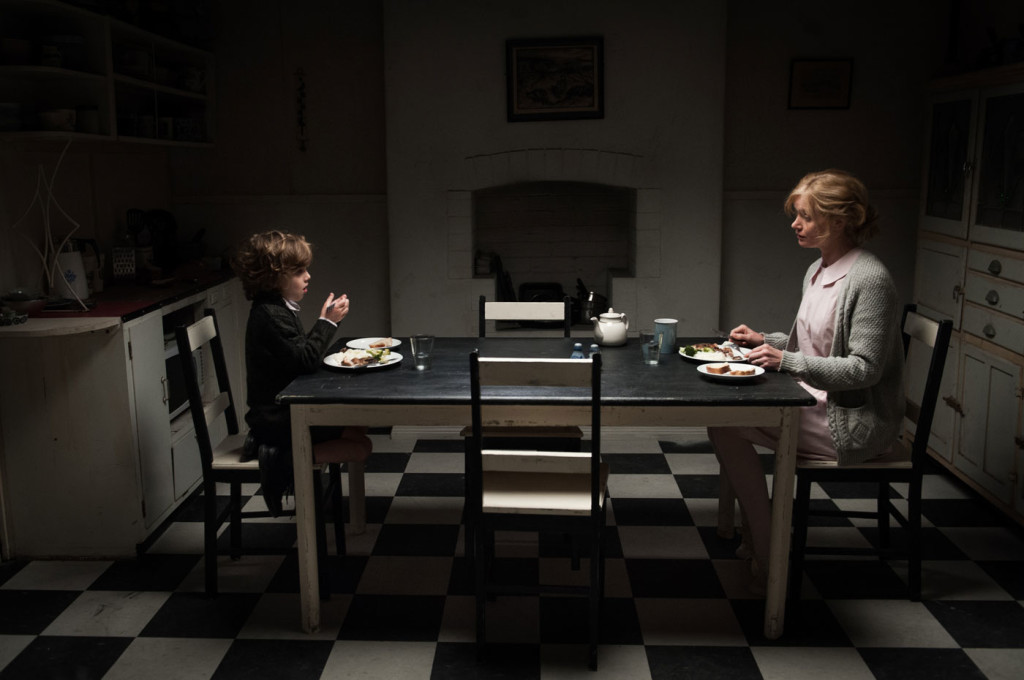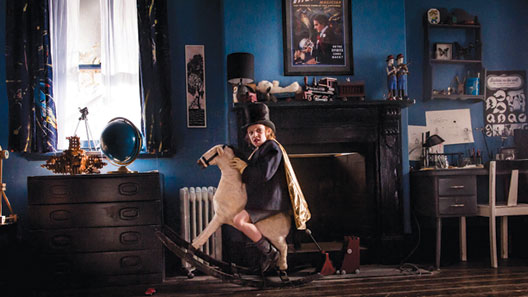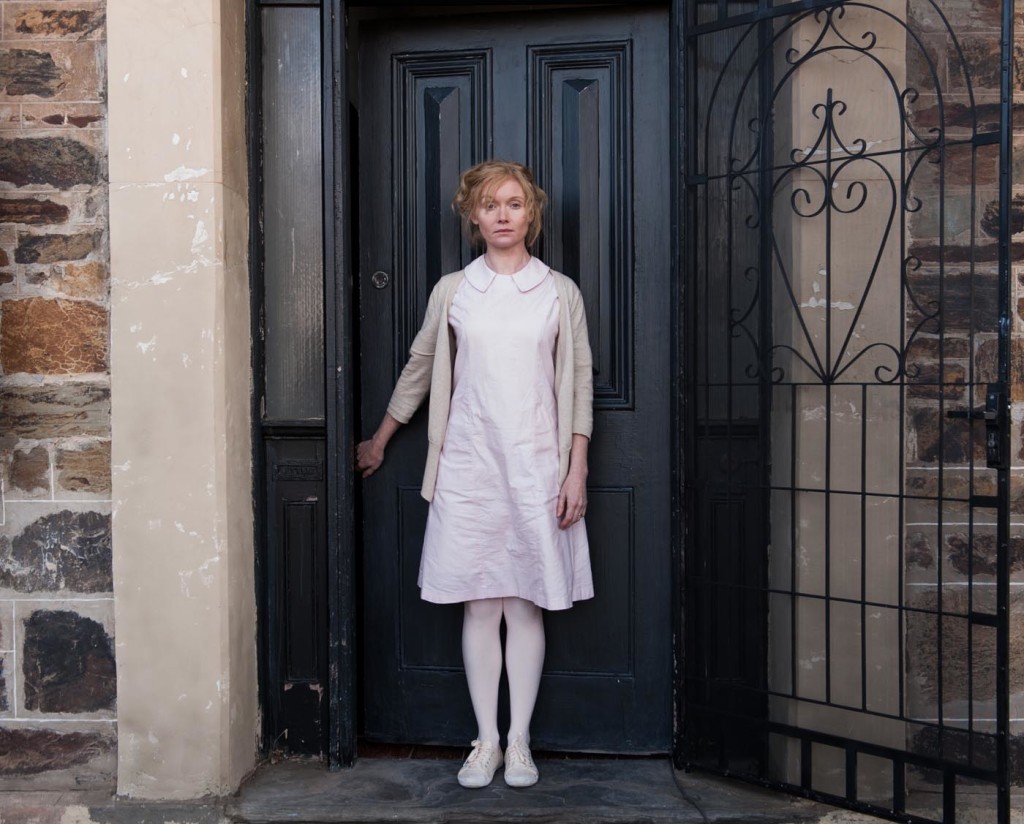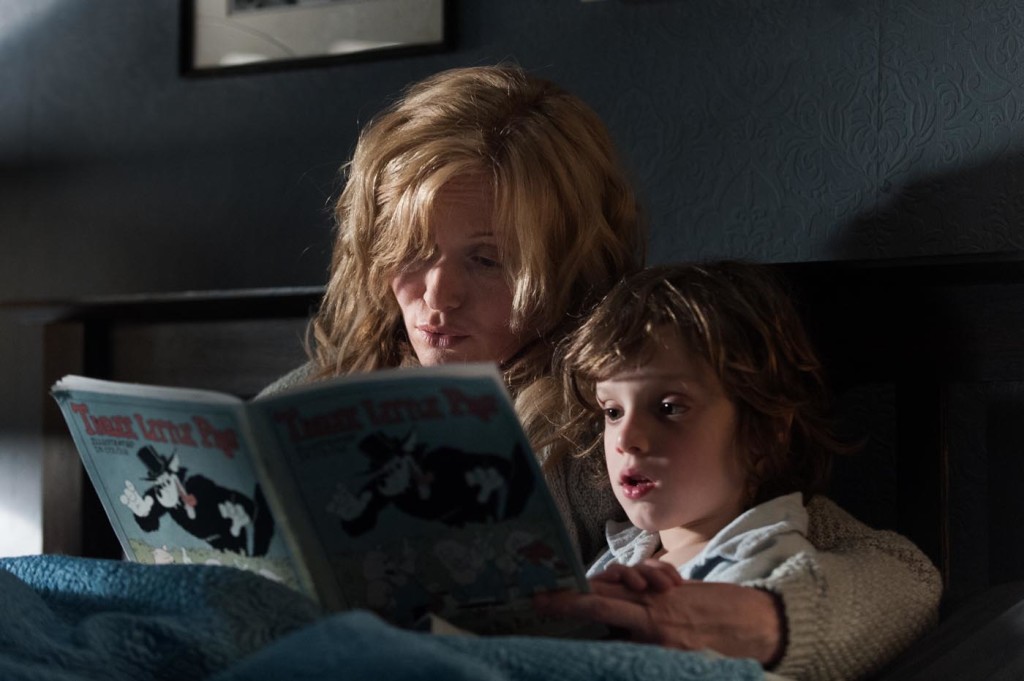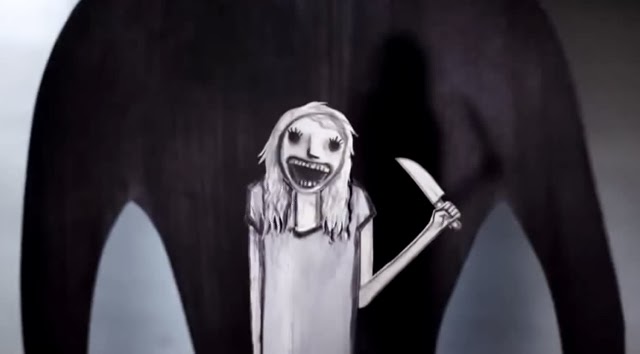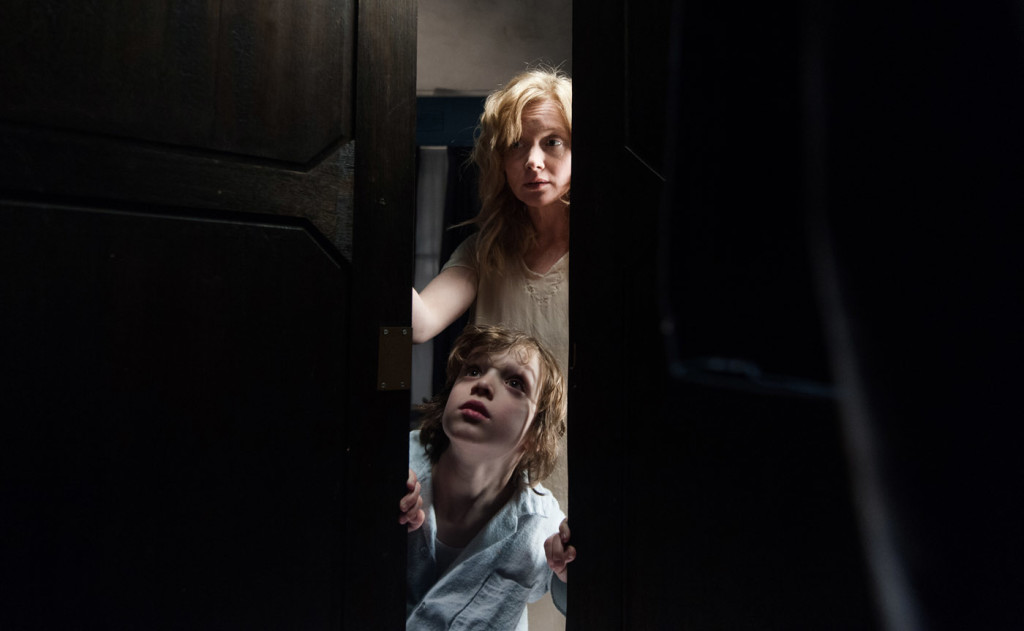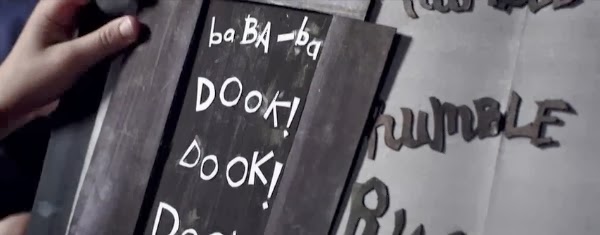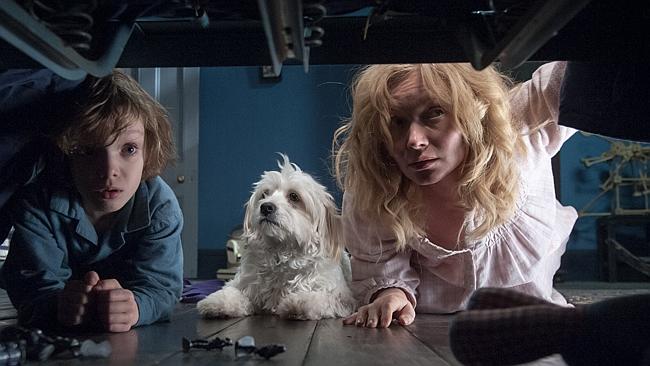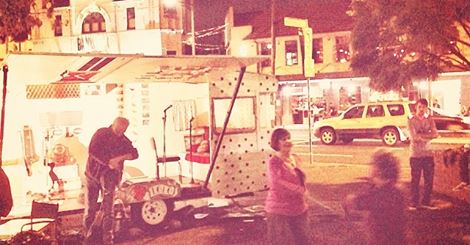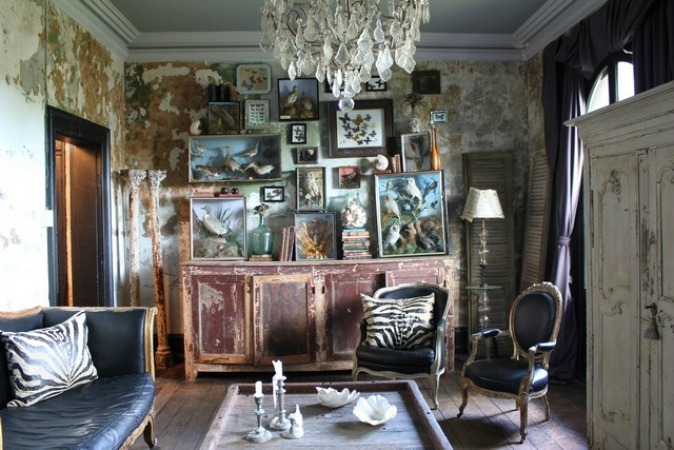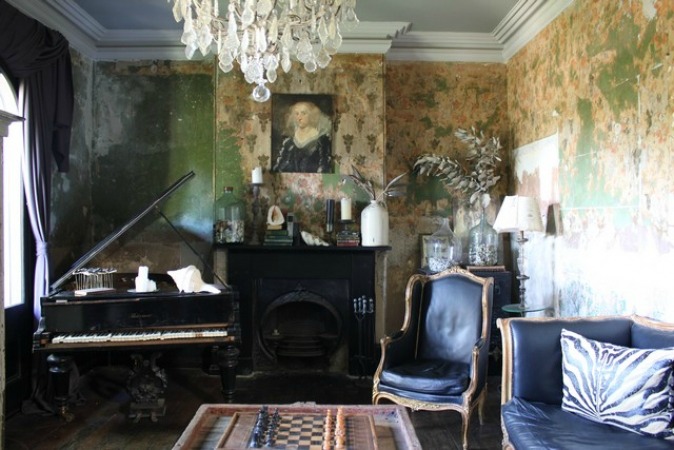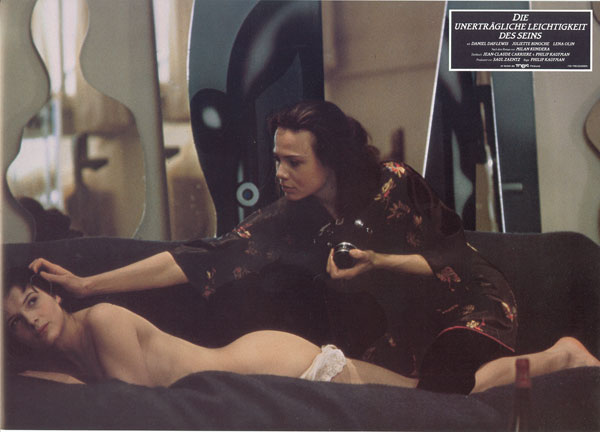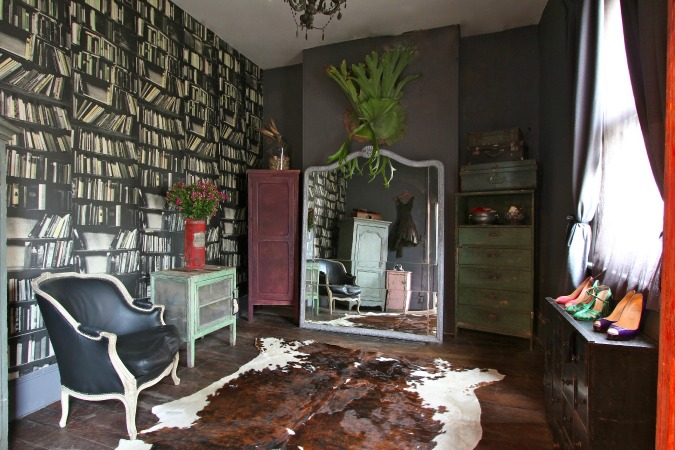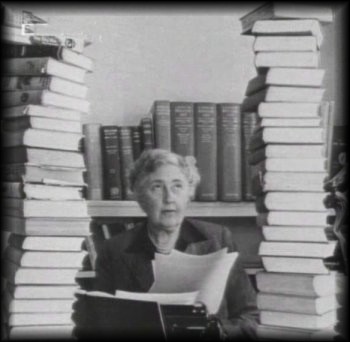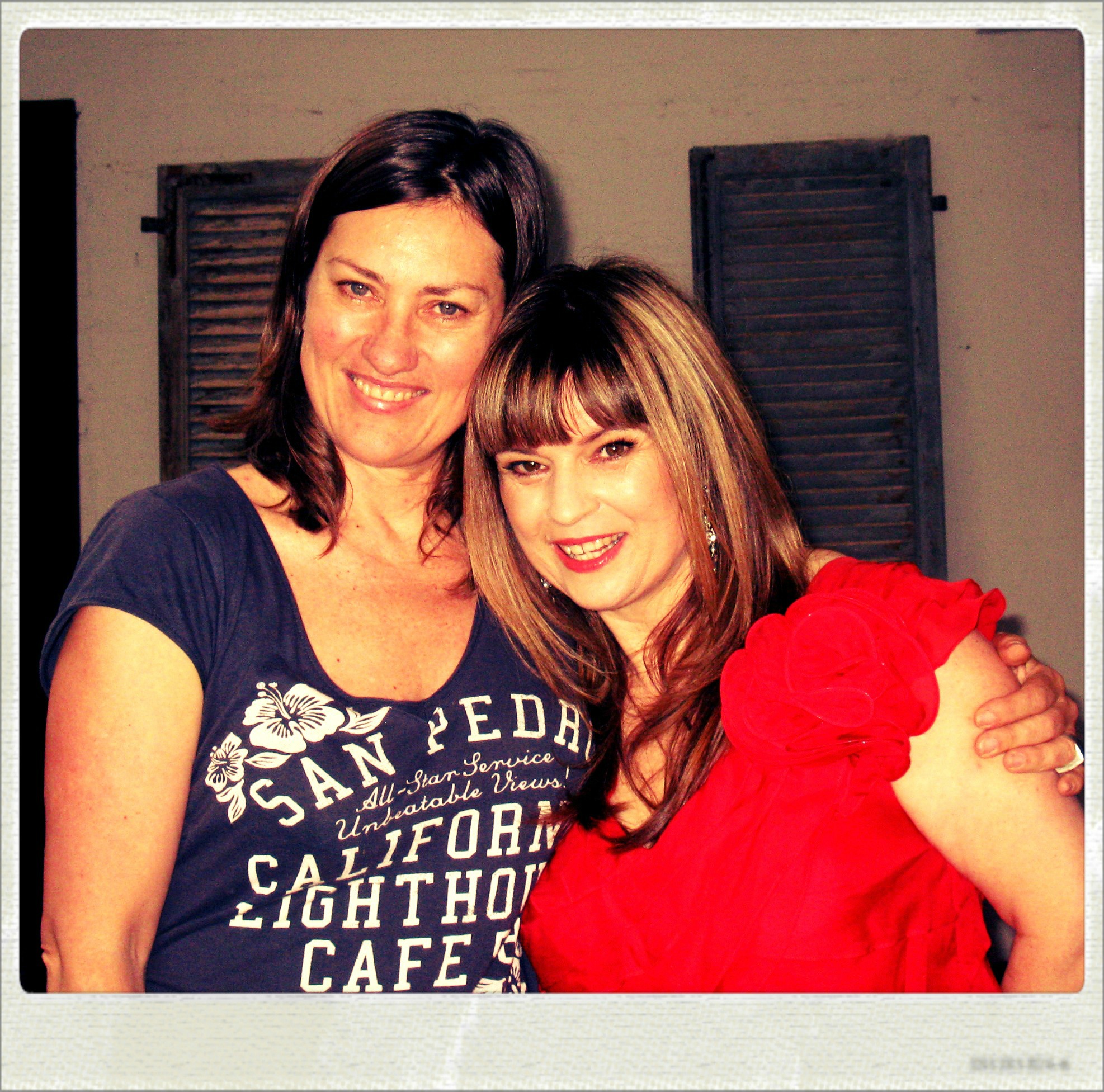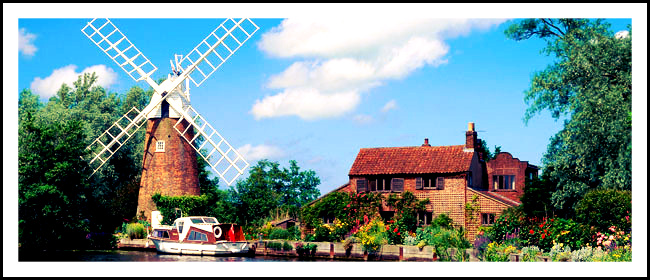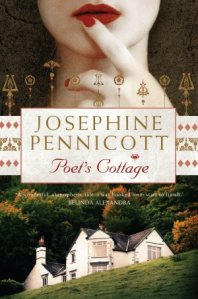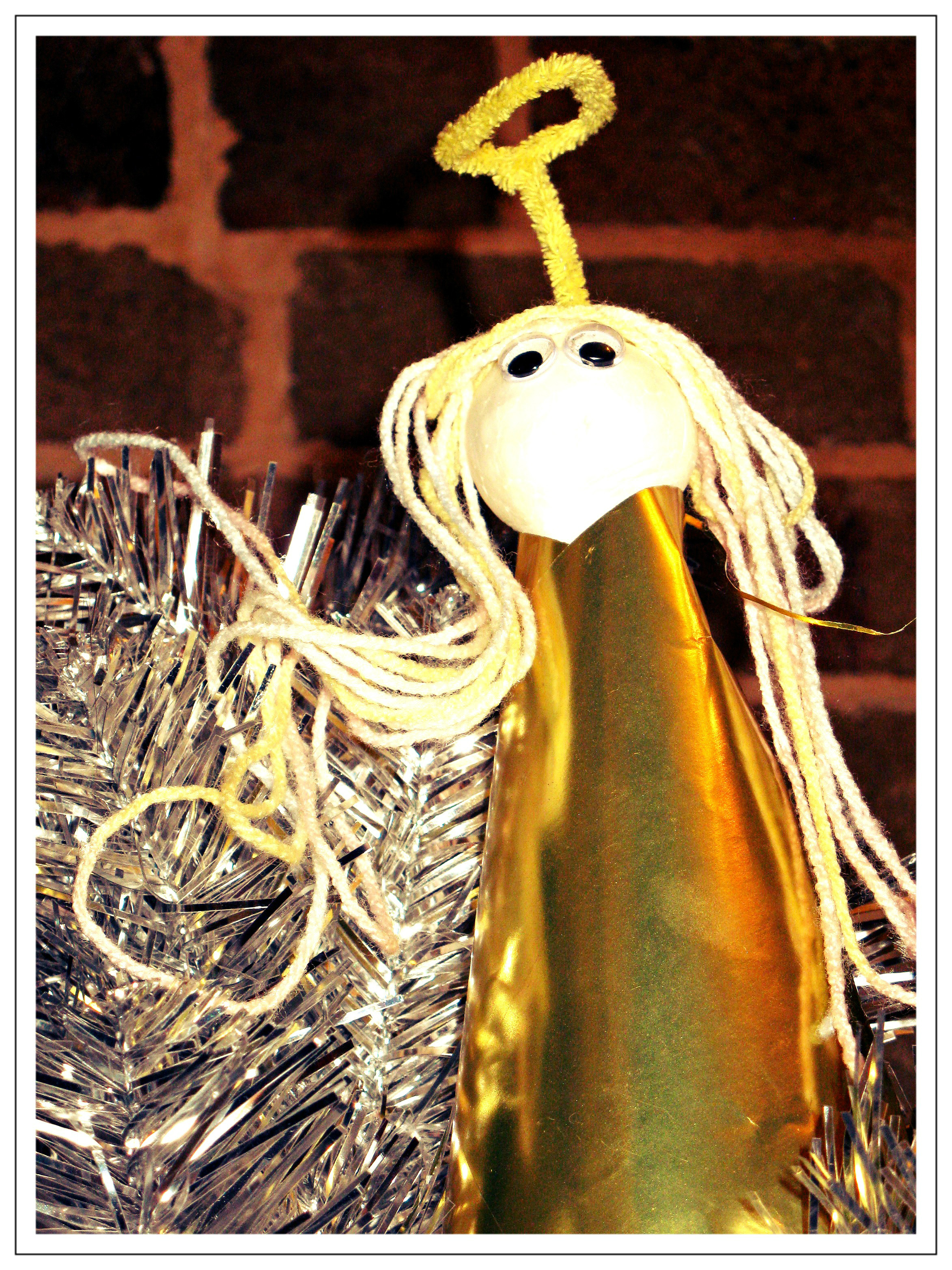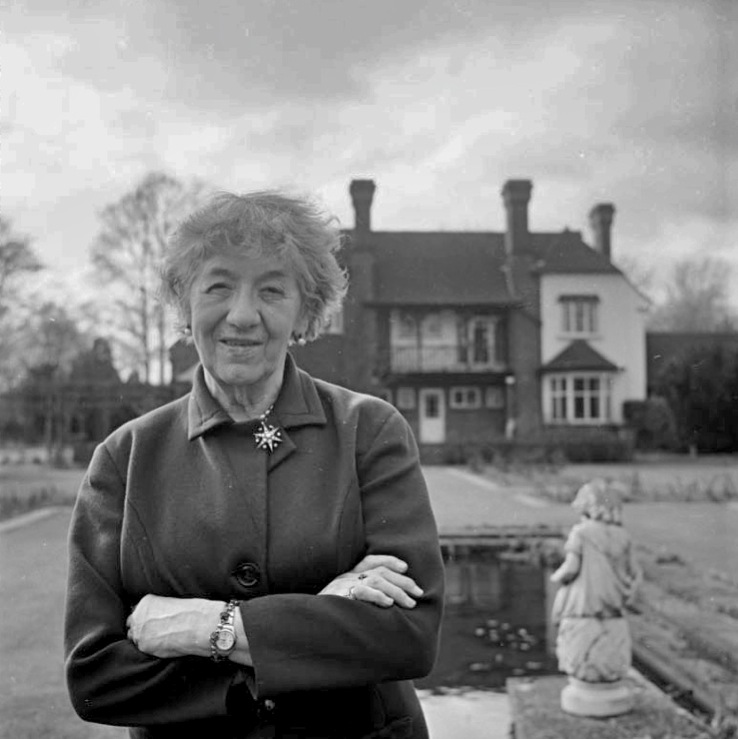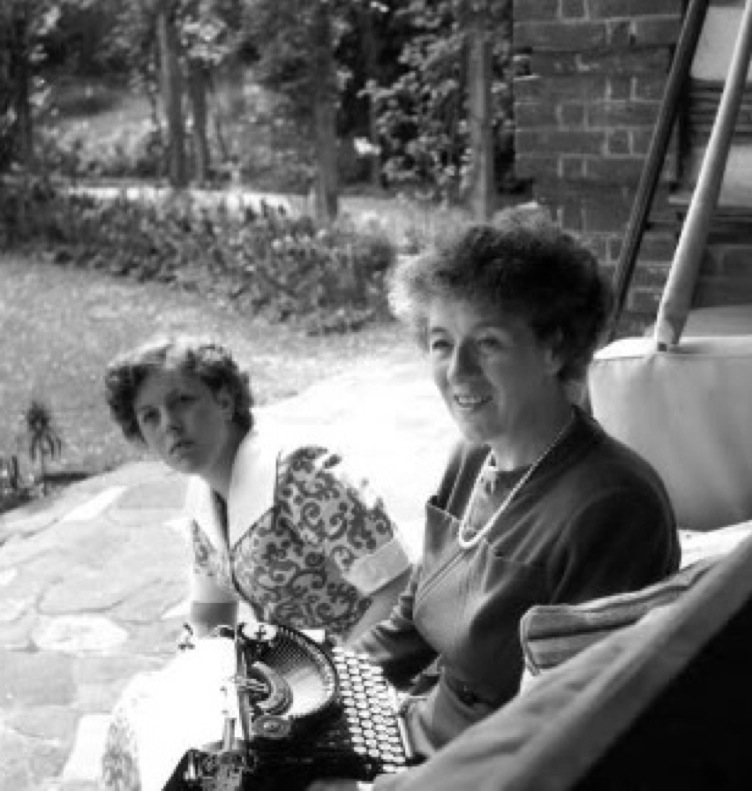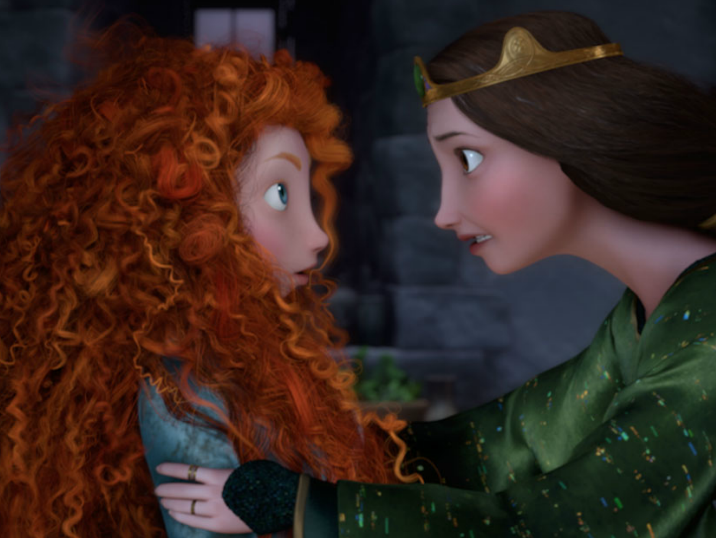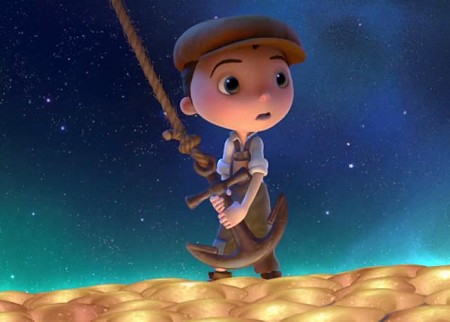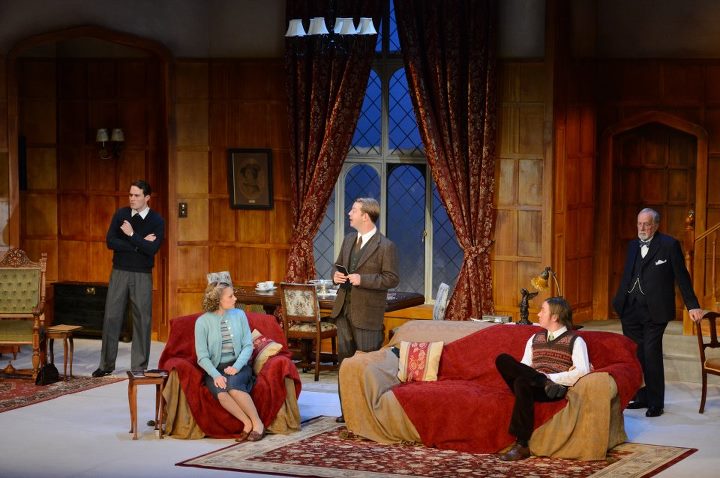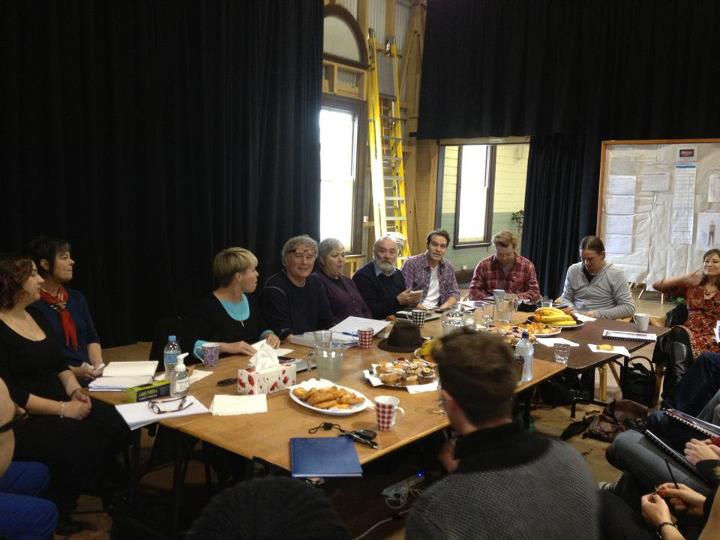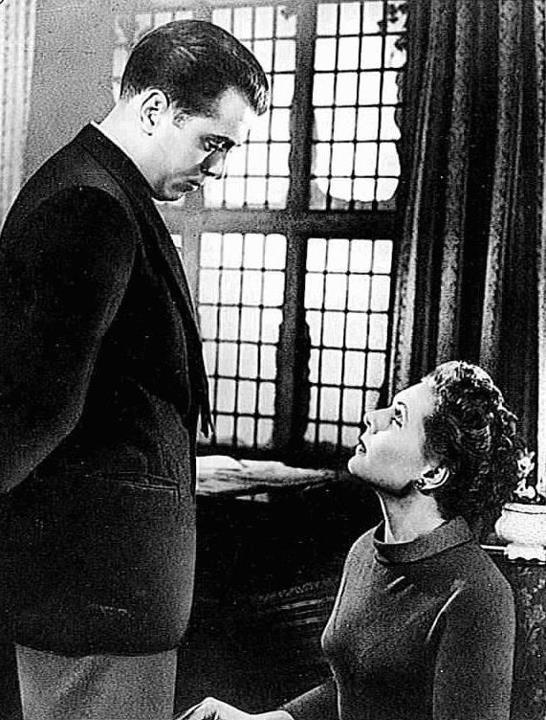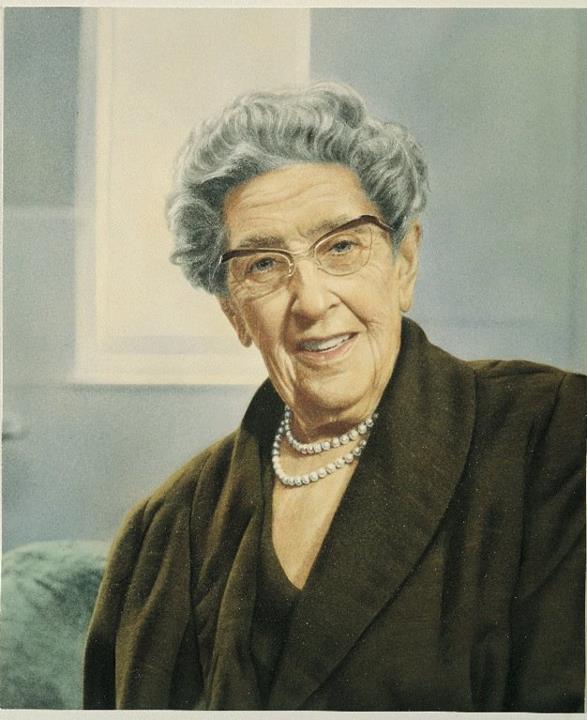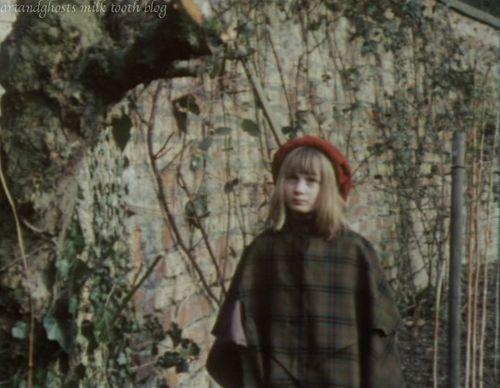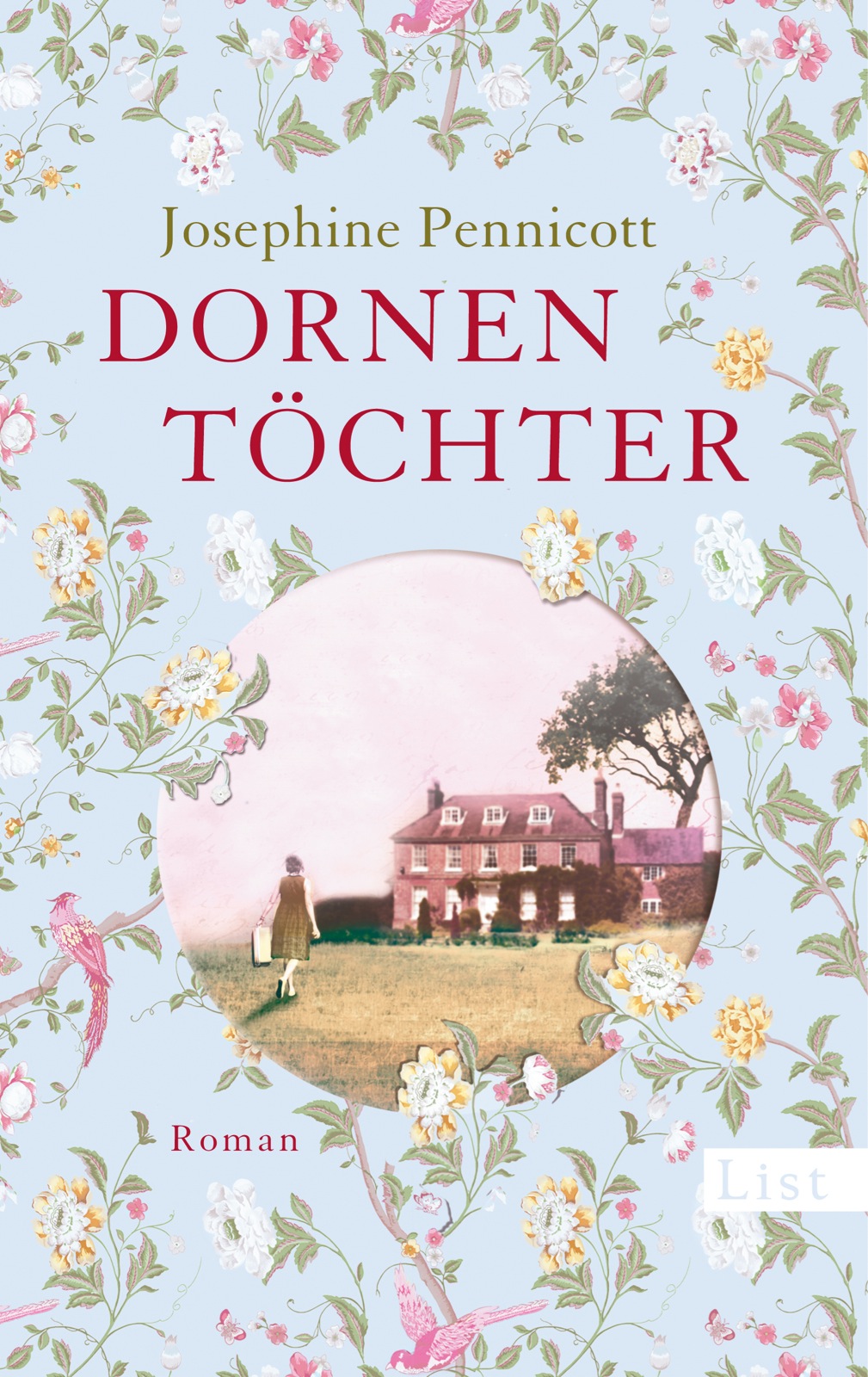I see a lot of movies at
Mount Vic Flicks; it was my favourite cinema long before I moved permanently to the mountains. When I was an art-student and David worked in television production, we rented a flat in Glebe (Sydney) near the
Valhalla cinema (originally known as The Astor), and often popped across the road to enjoy art-house films. It always saddened me to witness Sydney losing its grand old cinemas as they were taken over for development.
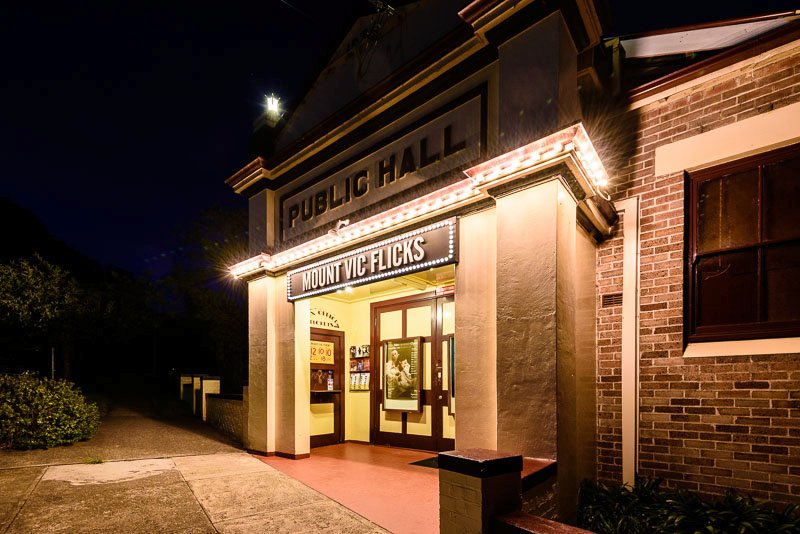
image via TripAdvisor
Over twenty years ago I first visited Mount Vic Flicks with friends and I’d never forgotten the atmospheric interior, the piano player and the experience of going to the pictures in such a nostalgic fashion. I used my memory of it for a scene in
Currawong Manor when Ginger gives a talk at a special showing of a similar cinema in Mt Bellwood. It’s always a treat to take the train to the charming heritage-listed village
Mount Victoria, to contemplate my current book, write in the local park and then see a movie at Mount Vic Flicks.
The cinema, built in 1934, is a unique theatre experience, a time slip leaving more modern cinemas for dead. When we first moved up, my daughter was amazed to see kangaroos near the theatre. The soup-in-a-mug and bread roll deal is wildly popular in the chilly mountains. There is an eclectic offering of films, and at times, theatre organist Wendy Hambly plays for cinema-goers.
The proprietors, Adam Cousins and Kirsten Mulholland (who fell in love with the cinema at 18, vowing to buy it if it ever came on the market), took over the cinema from owners who had it for 27 years.
One of the films I saw recently at Mount Vic was mother! which I’ve been thinking about since. For some reason, despite its weirdness, or perhaps, because of it – it’s a film that still absorbs me.
mother! – with its lower-case title, is a psychological thriller/horror directed by Darren Aronofsky, starring Jennifer Lawrence, Javier Bardem, Ed Harris and one of my favourite actors, Michelle Pfeiffer. It’s a synthesis of Repulsion, Rosemary’s Baby and any David Lynch movie in its dreamlike, hallucinatory, disjointed sequences.
In the opening scene is a burnt-out devastated house and a crystal. The house morphs into a beautiful octagonal house where we see a radiant young woman (Lawrence) who appears to have formed magically in the bed. Her husband, a writer (Javier Bardem) struggles with writer’s block.
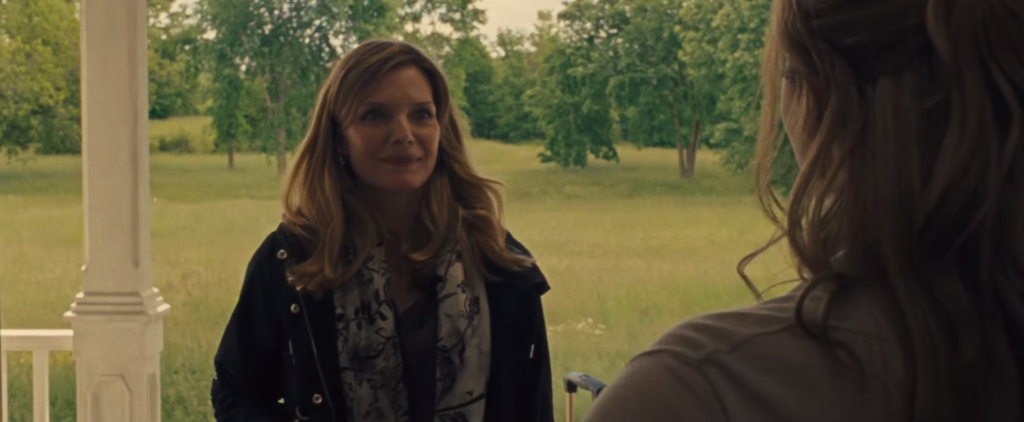
Uninvited Guest 2 arrives
The couple’s idyllic Instagram country home is disrupted by the arrival of two uninvited guests who arrive separately. We never find out the names of the couple (played by Ed Harris and Michelle Pfeiffer). The Writer (Him) invites the male to stay against his lover’s (Mother’s) permission.
In the toilet, Mother sees a big red organ like a pulsating jellyfish. Man, the first guest, is peculiar and ill and has coughing fits. Him is eager for Man to stay because he discovers Man is a big fan of his work. Mother captures a glimpse of a terrible wound under his ribs. Him chastises Mother for looking at the wound.
Shortly afterwards, Woman (Michelle Pfeiffer) turns up, giving arch life advice to Mother on how to keep her older poet husband sexually satisfied. At times Woman appears to be sinister but Michelle Pfeiffer said in an interview that she saw Woman as being like an angel to wake up Mother. I loved her performance in mother! she gave such an edge to the part and was genuinely chilling. Her reptilian gaze and sensual beauty is perfect for the surreal Woman.
Him never permits anyone to enter his writing space, or touch the precious crystal that we see in the opening credits. Woman disobeys this rule, and breaks the crystal. Woman and Man are banished from the house. But their two sons arrive and a violent fight ensues between the pair and one of them is brutally killed by the other.
The movie continues to escalate into an increasing dream like pattern with more uninvited guests arriving for different reasons and refusing to behave normally.
Throughout the chaos, Mother continues to drink from a strange yellow potion that is open to interpretation of what it is, or does to her. Some viewers think it could represent Charlotte Perkins Gilman’s short story, The Yellow Wallpaper. about a hysterical woman whose husband drives her slowly insane.
At different times, Mother touches the wall of the house. The house is a watching, living entity that she communicates with. Bloodstains appear on the floor.
Just like a dream, there is a strange logic to all the weirdness and watching the movie, you have to accept that nothing will make coherent sense. The film is filled with metaphors and symbols for those who want to analyse it, although the director has warned against overanalysing. He calls mother! a Fever Dream.
I had already read about the gruesome scene towards the end as events escalate in the house, and so I had my eyes shut for that bit. These scenes go on for twenty-five minutes gradually becoming more horrific and nightmarish. Suffice to say, there is riot police, Molotov cocktails and people being randomly shot at point blank range in the head but that’s all tame compared to the gruesome ritual that is enacted. I shut my eyes just after the shooting, although my imagination was on fire with the sound-effects.
I had originally thought mother! was a metaphor for the creative process, but its also a call to arms environmentally.
Aronofsky has cited the children’s book The Giving Tree as one of the inspirations for mother!
Another inspiration he cites is Hindu religion and the concept of universes being destroyed and starting again.
Aronofsky quotes Hubert Selbert Jr: ‘You have to look into darkness to see the Light.’
He wanted to channel all his anger and rage about what he was seeing on the planet, and he wrote the first draft of the script in five days. It poured out of him. He has described it as a snapshot of a world threatened by overpopulation, climate change, poisonous politics and war. It’s a tale of a woman who is ‘asked to give and give and give until she can give nothing more.’
Reviews have been mixed: The National Review called it Torture Porn and the vilest movie ever released by a Hollywood Studio, warning the following groups of people to avoid it: pregnant women, those with nervous constitutions or heart conditions and anyone who happens to be burdened with good taste.
Matthew Norma, in London’s Evening Standard said, ‘You may Love it, or hate it, or both but you cannot ignore it and will not forget it.
It was booed at the Venice Film Festival. While some praise it as a masterpiece.
Michelle Pfeiffer said when she first received the script she thought it was the weirdest thing she had ever read. It is certainly one of the more unusual films I’ve seen but it has stayed with me long after I viewed it.
Aronofsky is an environmentalist who originally studied as a field biologist in Kenya and Alaska. As shattering as mother! is, the real-life horrors happening to Mother our Earth make it look tame in comparison.
